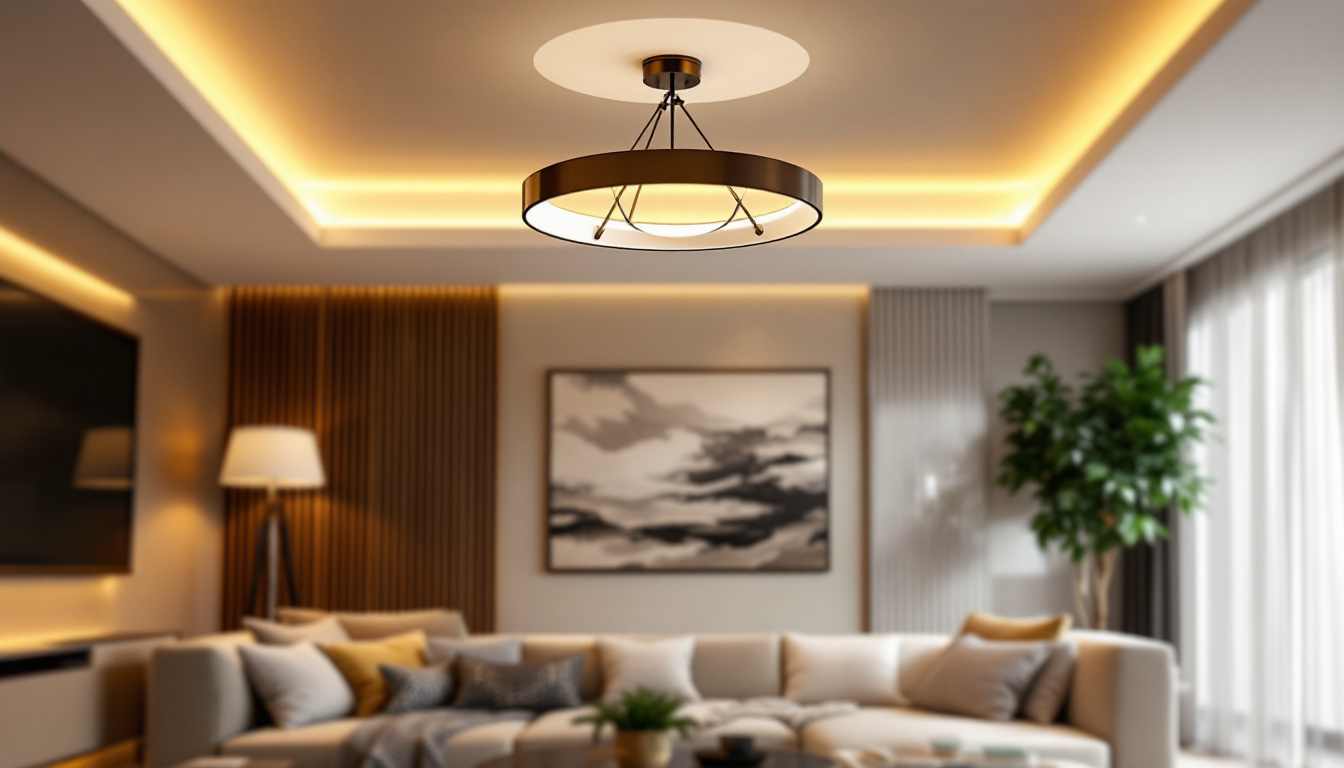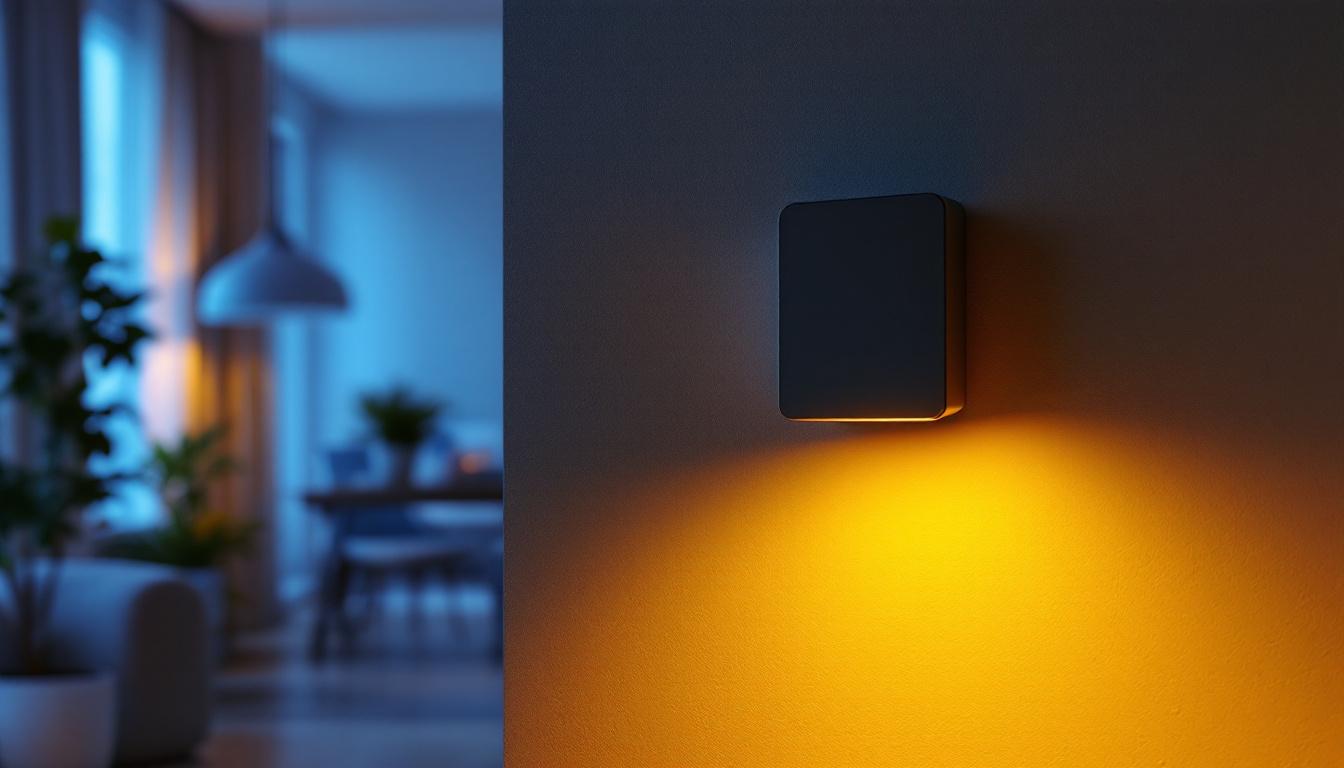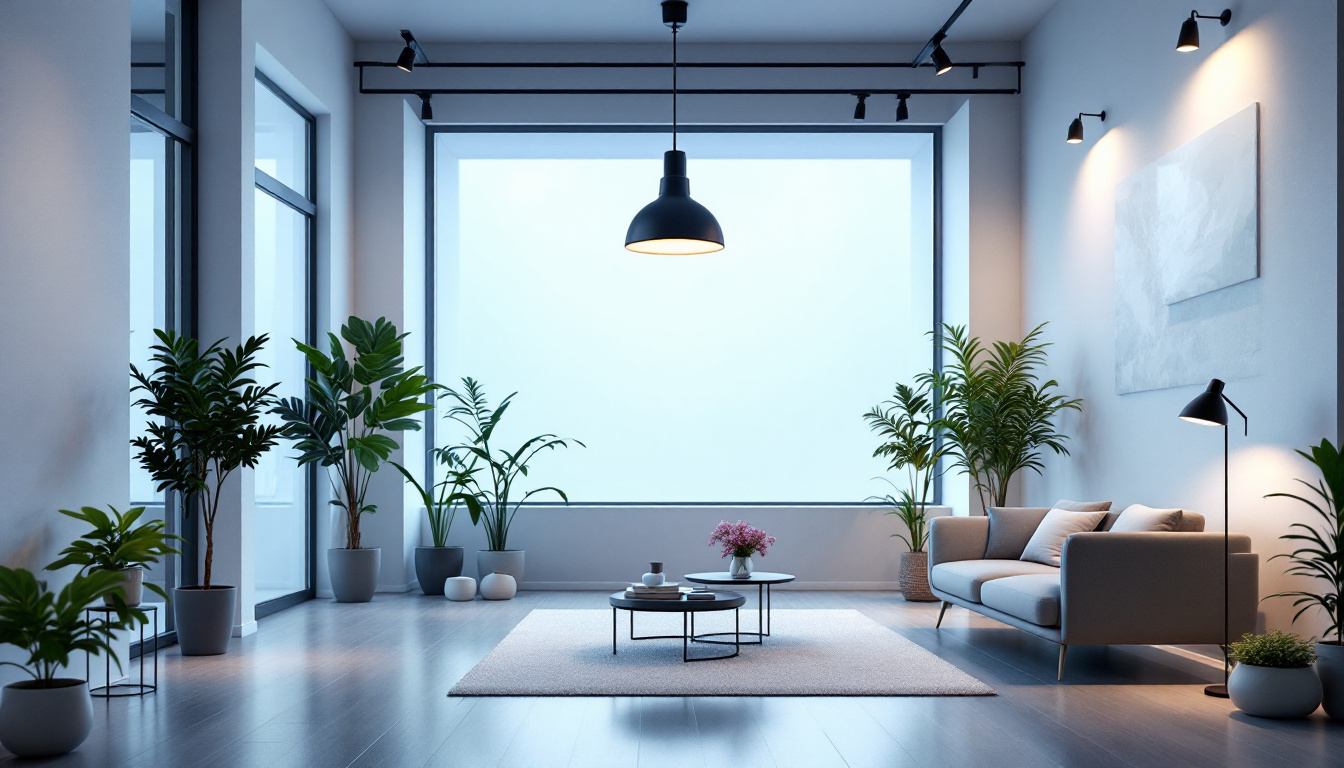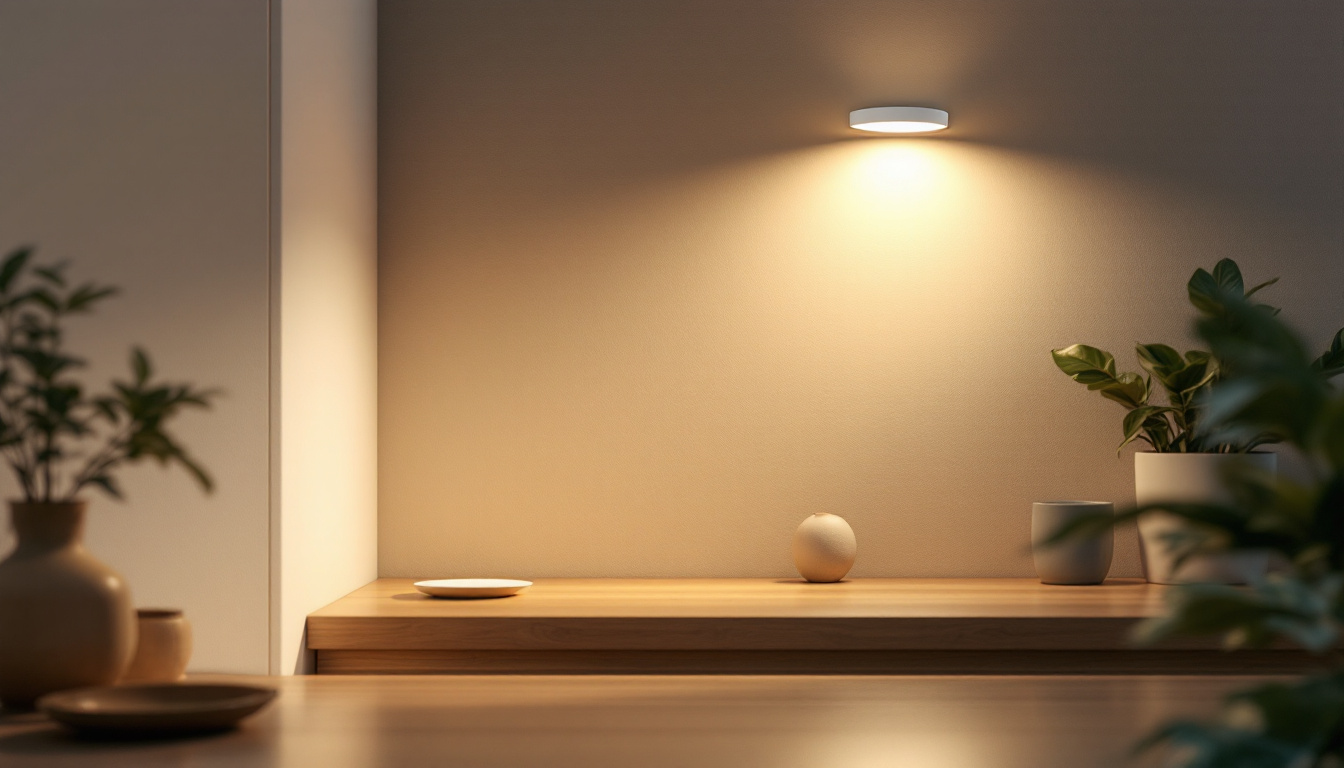
In the world of kitchen design, lighting plays a pivotal role in both functionality and aesthetics. track lighting has emerged as a popular choice among homeowners and contractors alike, thanks to its versatility and ability to create a well-lit, inviting space. For lighting contractors, understanding the nuances of track lighting can elevate their projects and satisfy clients. This article explores innovative hacks and tips for effectively utilizing track lights in kitchen settings.
Track lighting consists of a series of lights mounted on a track that can be adjusted to direct light where it is needed most. This adaptability makes it an ideal choice for kitchens, where different tasks require varying levels of illumination. Whether it’s cooking, dining, or entertaining, track lighting can enhance the functionality of the space. Not only does it provide the necessary brightness for food preparation, but it also creates a warm and inviting atmosphere for family gatherings and dinner parties. The ability to focus light on specific areas can transform the kitchen into a multi-functional space, catering to both practical needs and aesthetic desires.
There are several types of track lighting systems available, including linear, monorail, and cable systems. Each type offers unique advantages:
Track lighting offers numerous benefits that make it particularly appealing for kitchen environments:
Moreover, track lighting systems can be easily customized with different styles of fixtures, from sleek and modern designs to more traditional looks, allowing homeowners to express their personal style. The versatility of track lighting also extends to the color temperature of the bulbs used; warmer tones can create a cozy atmosphere, while cooler tones can enhance focus and alertness during cooking. As a result, track lighting not only serves a functional purpose but also plays a significant role in the overall aesthetic of the kitchen, making it a vital component in kitchen design.
When designing a track lighting system for a kitchen, several factors must be taken into account to ensure optimal performance and aesthetics.
Before installation, it’s crucial to assess the kitchen layout. Consider the following:
Furthermore, the flow of the kitchen is essential to consider. An open-concept kitchen may benefit from track lighting that extends into adjacent living spaces, creating a cohesive look while providing ample light for both cooking and socializing. Additionally, consider the placement of windows and natural light sources; track lighting can be strategically positioned to complement daylight, enhancing the overall ambiance of the kitchen throughout the day.
The selection of fixtures is critical for achieving the desired lighting effect. Here are some tips:
In addition to adjustable heads and color temperature, consider the style and finish of the fixtures. Sleek, minimalist designs may suit contemporary kitchens, while more ornate fixtures can add character to traditional spaces. The finish of the track itself—whether it be matte black, brushed nickel, or polished chrome—should harmonize with other hardware and appliances in the kitchen to create a unified aesthetic. Moreover, energy-efficient LED options are increasingly popular, providing longevity and lower energy costs while offering a variety of color temperatures and styles to choose from.
Proper installation is key to maximizing the benefits of track lighting. Here are some essential tips for lighting contractors:
Before installation begins, a well-thought-out layout is essential. Consider the following steps:
Safety and compliance with electrical codes are paramount during installation. Here are some guidelines:
As technology advances, integrating smart features into track lighting systems can significantly enhance their functionality. Smart lighting solutions offer greater control and customization for homeowners.
Consider incorporating smart lighting solutions into track lighting installations. Here are some options:
Smart track lighting systems often allow for the creation of customized lighting scenes. This feature can be particularly beneficial in kitchens:
To ensure the longevity and performance of track lighting systems, regular maintenance is essential. Here are some tips for keeping track lights in optimal condition:
Dust and grime can accumulate on track lights, affecting their brightness and appearance. Regular cleaning can help maintain their efficiency:
Electrical components should be inspected periodically to ensure safety and functionality:
Even experienced contractors can make mistakes when installing track lighting. Here are some common pitfalls to avoid:
One of the most significant mistakes is failing to assess the specific lighting needs of the kitchen:
Placement of track lights can make or break the effectiveness of the system:
Track lighting offers a versatile and effective solution for kitchen illumination, making it an excellent choice for lighting contractors. By understanding the different types of track lighting, considering design elements, and implementing smart technology, contractors can create spaces that are both functional and aesthetically pleasing.
With careful planning and attention to detail, track lighting can transform a kitchen into a well-lit haven that meets the diverse needs of homeowners. By avoiding common mistakes and prioritizing maintenance, contractors can ensure that their installations stand the test of time, providing clients with satisfaction and comfort for years to come.
Ready to elevate your kitchen lighting projects with the best in track lighting solutions? Look no further than LumenWholesale, where we offer an extensive selection of top-quality, spec-grade lighting products at unbeatable wholesale prices. Say goodbye to inflated markups and hello to superior lighting that meets the highest industry standards. Plus, with free shipping on bulk orders, you can enjoy premium lighting at the best value — all without hidden fees or compromises. Don’t miss out on the perfect blend of quality, affordability, and convenience. Visit LumenWholesale today and make your next lighting project shine!

Discover the common pitfalls lighting contractors face when installing ceiling lights in living rooms.

Discover how wireless smart switches can revolutionize your lighting designs, offering seamless control, energy efficiency, and enhanced ambiance.

Discover how fixture-led lighting can revolutionize your lighting installation projects.

Discover how 4-inch wafer lights revolutionize safety in lighting installations.